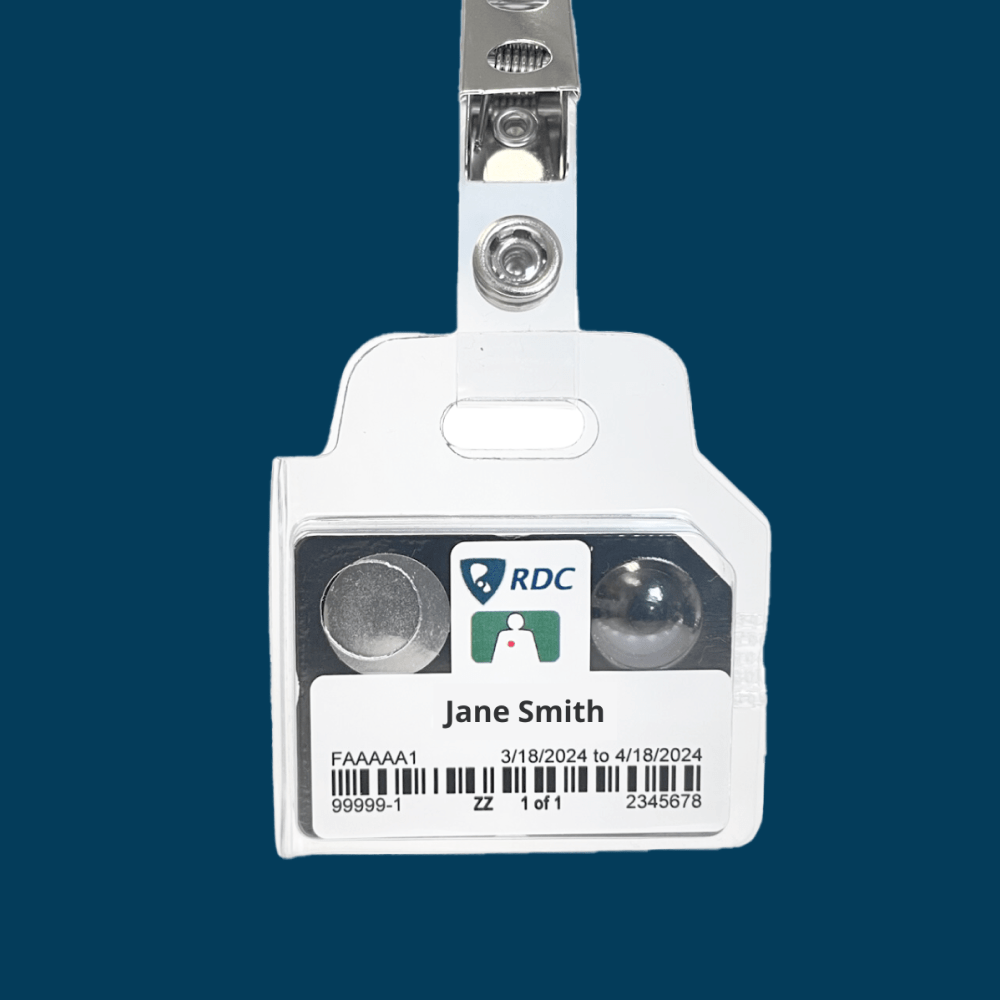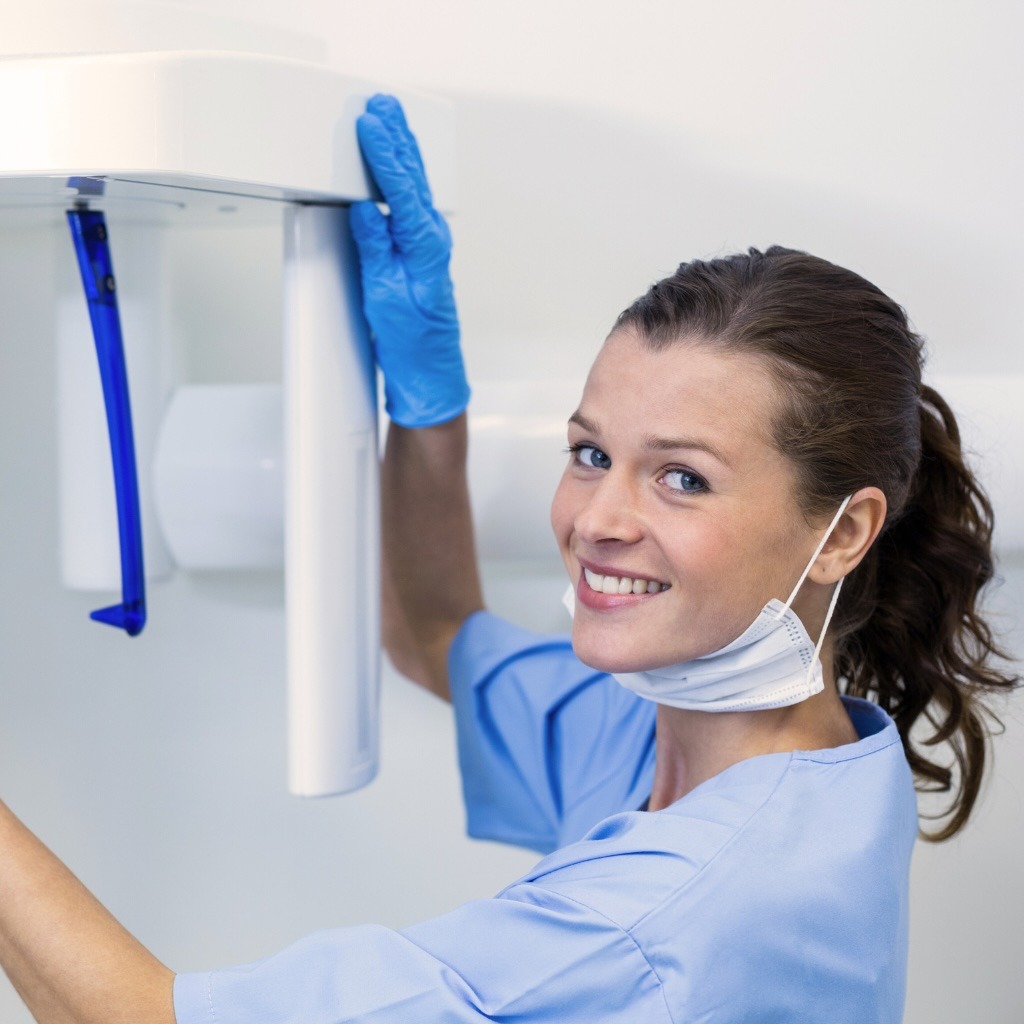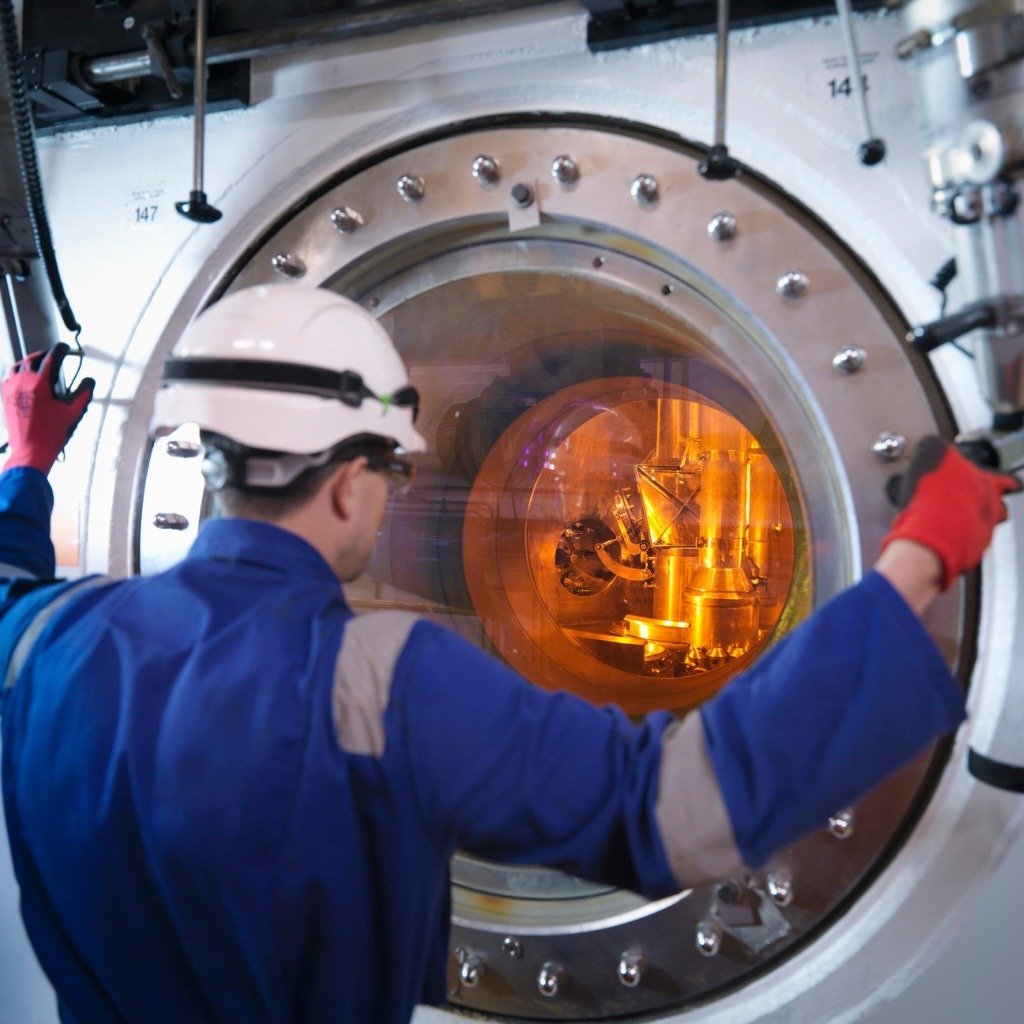
TLD Badge for Radiation Monitoring
Our thermoluminescent dosimeter (TLD) offers reliable and precise radiation monitoring for various applications, ensuring safety and compliance in demanding environments.
Tissue equivalent design for the most accurate dose reporting
Resistant to moisture and environmental influences
Measures beta, gamma, X-ray, and neutron radiation exposure
Suitable for whole body, fetal, wrist, or area monitoring
Market Leading LLD Over All Wear Periods
5.0 Rating
About TLD Badges from Radiation Detection Company
We designed our TLD badges to provide precise and reliable radiation dose measurements in various professional settings. The tissue-equivalent design ensures accurate dose readings, even in environments with moisture or other challenging conditions.
TLD badge is ideal for reporting beta, gamma, and X-ray radiation and works best for medical practitioners, healthcare workers, veterinarians, dentists, and workers in nuclear power facilities. Neutron reporting also available with the TLD+.
Diverse wear configurations make this badge a reliable, versatile option for your workplace; choose from whole body, fetal, wrist, or area monitoring.
RDC offers TLD whole body dosimeters with multiple reporting options to fit the needs of different workflows – monthly, bimonthly, quarterly, semi-annual, or annual.
Great for the Following Applications:
Whole Body
Fetal
Wrist
Area Monitoring
Specifications
Description
The TLD-XBG badge is a four-element dosimeter
Radiation Measured
Minimum Reportable Dose
10 mrem (0.1 mSv)
Lower Limit of Detection
1 mrem (0.01 mSv)
Accreditations
Reporting Periods
Monthly, Bi-Monthly, Quarterly, Semi-Annual, Annual
Size & Weight
Small, lightweight design for comfortable wear
Fade
<4%
Reviews
Our Customers




Compare & Contrast
Frequently Asked Questions
A thermoluminescent dosimeter (TLD) measures radiation exposure using thermoluminescent materials, typically lithium fluoride or calcium fluoride. When exposed to ionizing radiation, these materials absorb energy and trap electrons in an excited state. After each wear period, you’ll return your badge to the RDC lab for analysis. We’ll heat up your TLD badge using a specialized reader to measure the accumulated radiation dose, causing the trapped electrons to return to their ground state and release the stored energy as light. The intensity of this emitted light is directly proportional to the radiation dose received, allowing for precise dose measurement.
TLD dosimeters differ from other radiation badges, such as OSL (optically stimulated luminescence) dosimeters and digital dosimeters, primarily in their readout process and reusability; TLDs use heat to analyze dose, while OSL uses light. Digital dosimeters, on the other hand, provide real-time dose readings and continuous monitoring but require electronic components and power sources, which can add complexity and cost.
The best dosimeter type for your organization depends on your unique staffing needs, the type of radioactive substances and radiation-emitting equipment, and your industry requirements.
TLD dosimeters are capable of measuring a wide range of radiation energies, including X-rays, beta particles, gamma rays, and in some cases, neutron radiation (like with the TLD + Neutron badge from RDC). They can detect photon energies from approximately 16 keV to 7 MeV and beta energies from 251 keV to 5 MeV.
TLD dosimeters are known for their high accuracy and precision in measuring radiation doses. TLD badges from Radiation Detection Company can measure doses with a minimum reportable dose of 10 mrem (0.1 mSv) and a lower limit of detection of 1 mrem (0.01 mSv).
TLDs provide accurate readings across a wide range of radiation energies and doses, making them a trusted tool in radiation monitoring.
TLD dosimeters are best suited for settings in which there is the potential for exposure to various types of radiation. They are commonly used in medical settings such as hospitals, dental offices, and veterinary clinics, where staff may be exposed to X-rays and gamma rays.
TLD dosimeters are also ideal for industrial applications, including nuclear power plants, research laboratories, and radiography facilities, where workers may encounter beta particles and neutron radiation.
Once you return your TLD badges to RDC, we’ll process them on site in our lab by heating them in a specialized reader to release the stored energy as light. This emitted light is measured by photomultiplier tubes, which convert the light intensity into an electrical signal proportional to the radiation dose.
We record the resulting data, analyze it, and compile it into detailed dose reports, which will be made available online in your MyRadCare™ account within 10 business days of receiving your badges.
How It Works
Getting started with RDC is fast, easy, and convenient. Our radiation badge service offers the fastest report turnaround time in the industry and competitive rates through an extensive partner network. Our top-rated account management platform and live customer service ensure easy access to your data, and trusted support when you need it most. Get – and stay – compliant with just 3 easy steps.
RDC’s Optically Stimulated Luminescence Dosimeter (OSL) is a 2-element beryllium oxide (BeO) badge with a minimum reportable dose of 10 mrem (0.1 mSv) and an LLD of 1 mrem (0.01 mSv).
Our OSL dosimeter is designed to provide precise dose readings for X-ray and gamma radiation, even under extreme conditions.
The TLD + Neutron dosimeter by RDC is a 4-element radiation badge with a minimal reportable dose of 10 mrem (0.1 mSv) and an LLD of 1 mrem (0.01 mSv).
The TLD + Neutron badge provides comprehensive radiation monitoring, precisely measuring X-ray, beta, and gamma radiation with neutron monitoring as needed.
The NetDose™ Dosimeter by RDC is a digital dosimeter with a minimal reportable dose of 1 mrem (0.01 mSv) and an LLD of 1 mrem (0.01 mSv) per month.
NetDose™ Dosimeter offers real-time radiation monitoring and precise dose measurements to ensure occupational safety and compliance with granular reporting and reclaimed time.
RDC’s Thermoluminescent Dosimeter Ring is a single-element TLD ring with a minimum reportable dose of 10 mrem (0.1 mSv) and an LLD of 1 mrem (0.01 mSv).
Our TLD ring provides precise extremity dose readings for X-ray, beta, and gamma radiation, ensuring safety and compliance across various industries.
